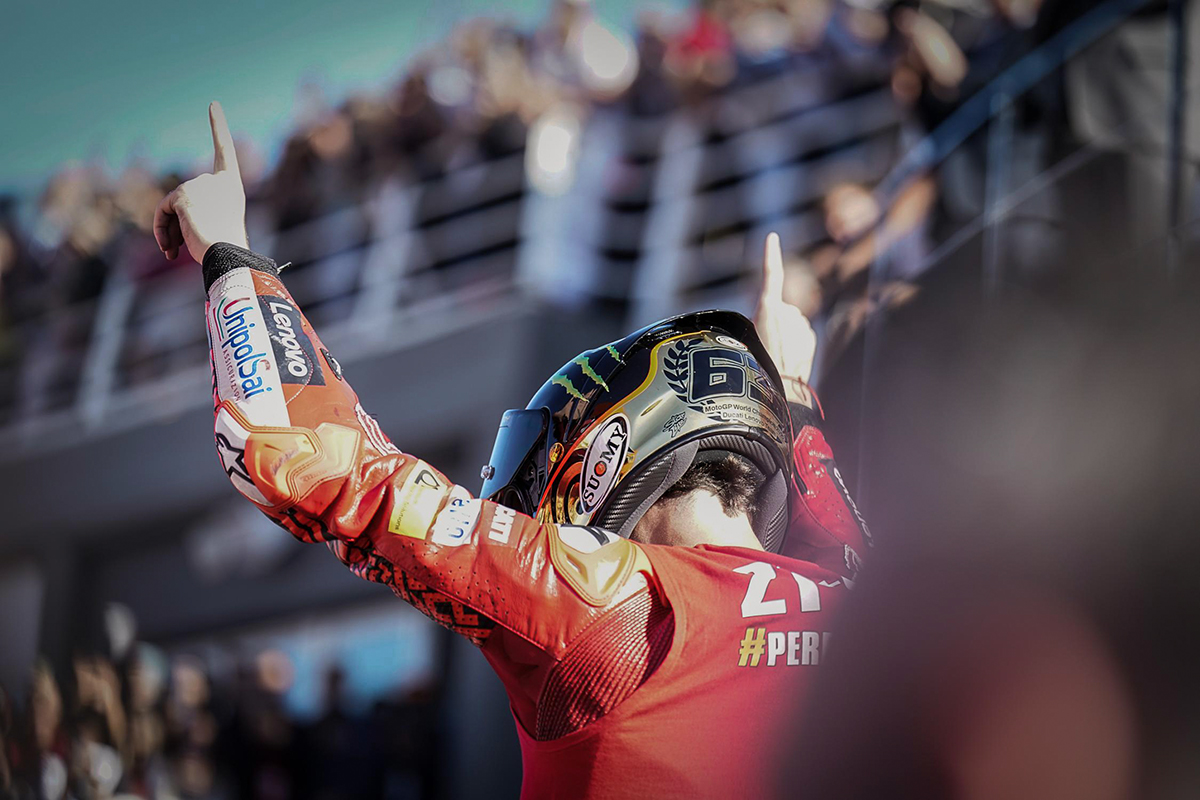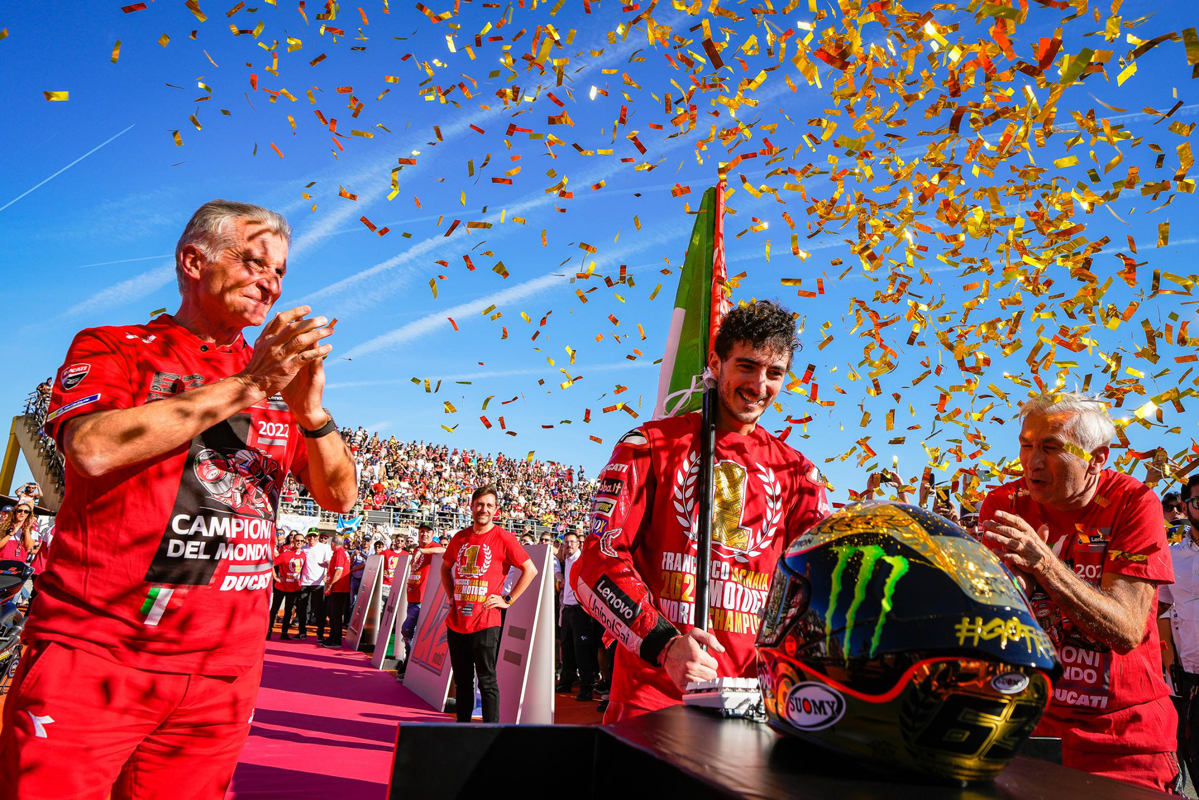
Oh, the statistics geeks have had a field day with this one: first all-Italian championship for 50 years: 50th anniversary of Ducati’s first podium in Grand Prix racing: 50 years to break the record for non-Japanese manufacturer victories in a season (all 1972, when Agostini won the 500cc title on the MV Agusta, Ducati placed third in the Italian Grand Prix and MV Agusta won 12 races): largest points deficit overcome to win: only rider to crash out of five races and still win the championship: first Italian since Rossi to win: first Ducati victory since 2007. OK, those last two are pretty boring. In fact, all of them are really insignificant in the face of one of the best season’s racing we’ve had for a few years.
Without the figures in front of you, it seems as if Quartararo’s championship was all but signed, sealed and delivered before Bagnaia started his withering assault. However, while Bagnaia did close a huge points deficit, in actual fact Quartararo was only ever as much as 34 points ahead of the second-place rider which, for seven races, was Aleix Espargaro. More often than not, the gap was appreciably less. Looking at it that way, Quartararo certainly was not having an easy run to the title: it’s just that Bagnaia was relentless at a time when Quartararo was looking vulnerable.
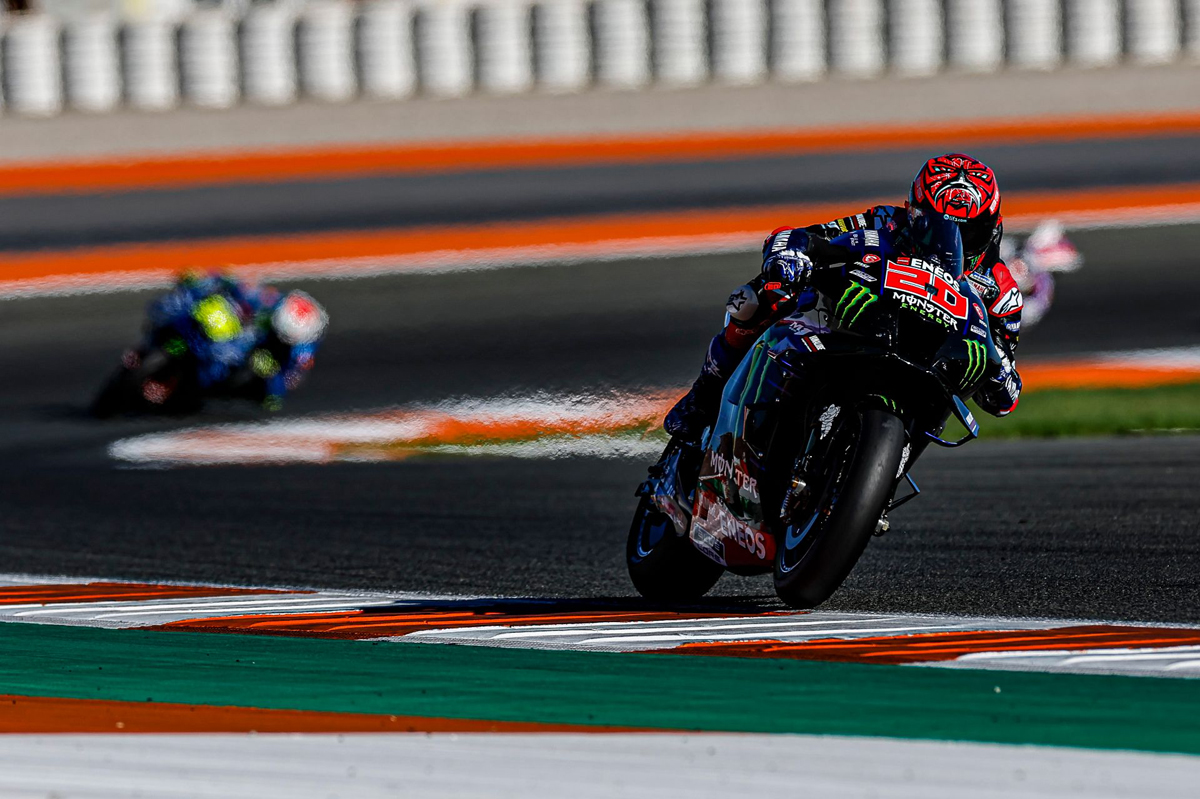
The Valencia race was a bit of a belter, although you had to be patient as the director chose to concentrate on Bagnaia going backwards rather than the action up front. Rins shot into the lead at the start and was never bettered, despite having Jorge Martin, Jack Miller and Marc Marquez breathing down his neck for the majority of the race before an inspired Binder took second place with a couple of laps to go and also made Rins’ neck hot with his breath. Quite how Binder made his tyres last at the pace he was riding is anyone’s guess.
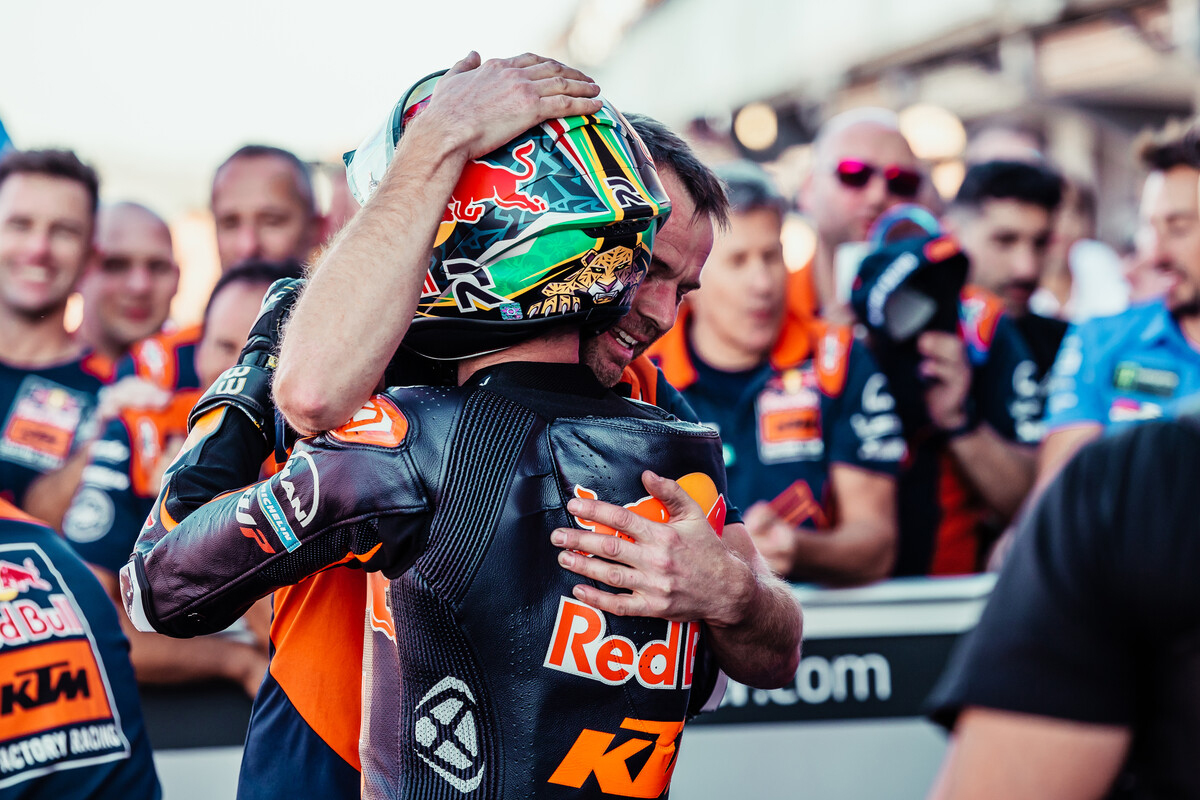
Rins’ performance – the second in three races – must have made the good people at Suzuki wonder just what the hell they were doing, quitting the sport. I mean, a Ducati not being able to get past a Suzuki on the straight? Imagine what Suzuki could do next year if that development curve continued. Another championship would certainly not be out of the question. You can only hope that whoever made the decision to leave MotoGP was looking a bit sheepish on Monday morning as the newspapers and websites were pored over, with a picture of a Suzuki in every single one of them. You can’t buy that sort of publicity but if it has no relevance to what you are actually building, then does it make sense?
If Suzuki has previous form in leaving MotoGP, this time it is for real and permanent, rather than leaving to lick its wounds and come back stronger. Sadly, it makes sense for Suzuki to leave: already news is coming through that Suzuki’s range of sports bikes – the venerable GSX-R line – will soon be unavailable in various territories which signals a change in direction for the company and this new direction has no need for a flagship MotoGP effort costing millions of dollars a year: dollars that could be poured into the development of bikes that are actually selling, as well as electric technology. Still, it’s hard to accept the loss of Suzuki from the grid. MotoGP is still healthy, with five manufacturers but, as Suzuki has shown, it only takes one to quit to leave the paddock reeling amid a scramble for seats: musical motorcycles, anyone?
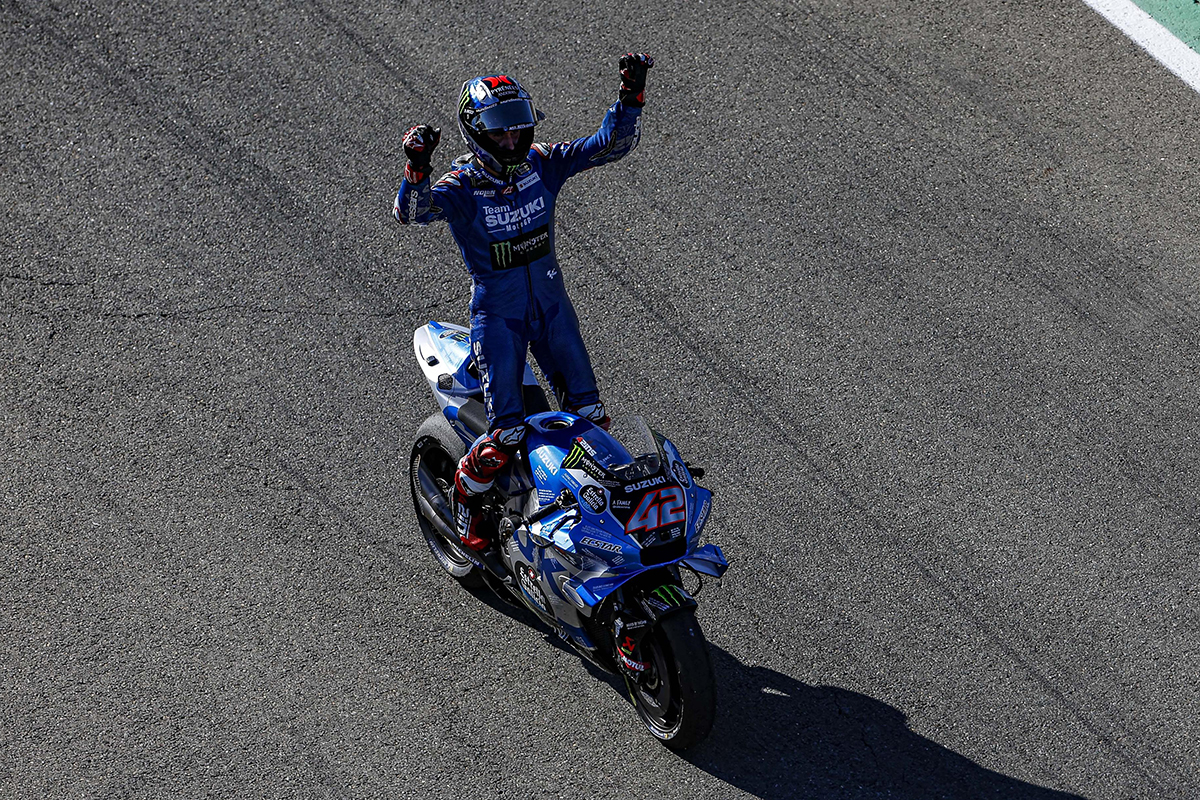
The opening couple of laps in Valencia were brilliant as Quartararo threw caution to the wind in order to try and get to the front. Bagnaia was involved as well, losing a front wing as the action got extremely hot. They both survived the skirmish virtually intact but fourth was as far as Quartararo got. Race day was hotter than practice and qualifying days, and his front tyre couldn’t keep up the pace.
He might have lost the title to Bagnaia but Quartararo’s riding this season has been incredible, on a bike that only he has been able to tame and, more often than not, riding way over the limit – and surviving – in order to bend the Yamaha to his will. You only have to look at the other Yamaha riders to understand the job Quartararo has done: the reason Morbidelli is still at Yamaha is not only because he has a contract for 2023 but also because Yamaha themselves know the bike is a dog and to blame Morbidelli for his performances would be grossly unfair. Bringing in another rider is not the answer: a good racing M1 motorcycle is!
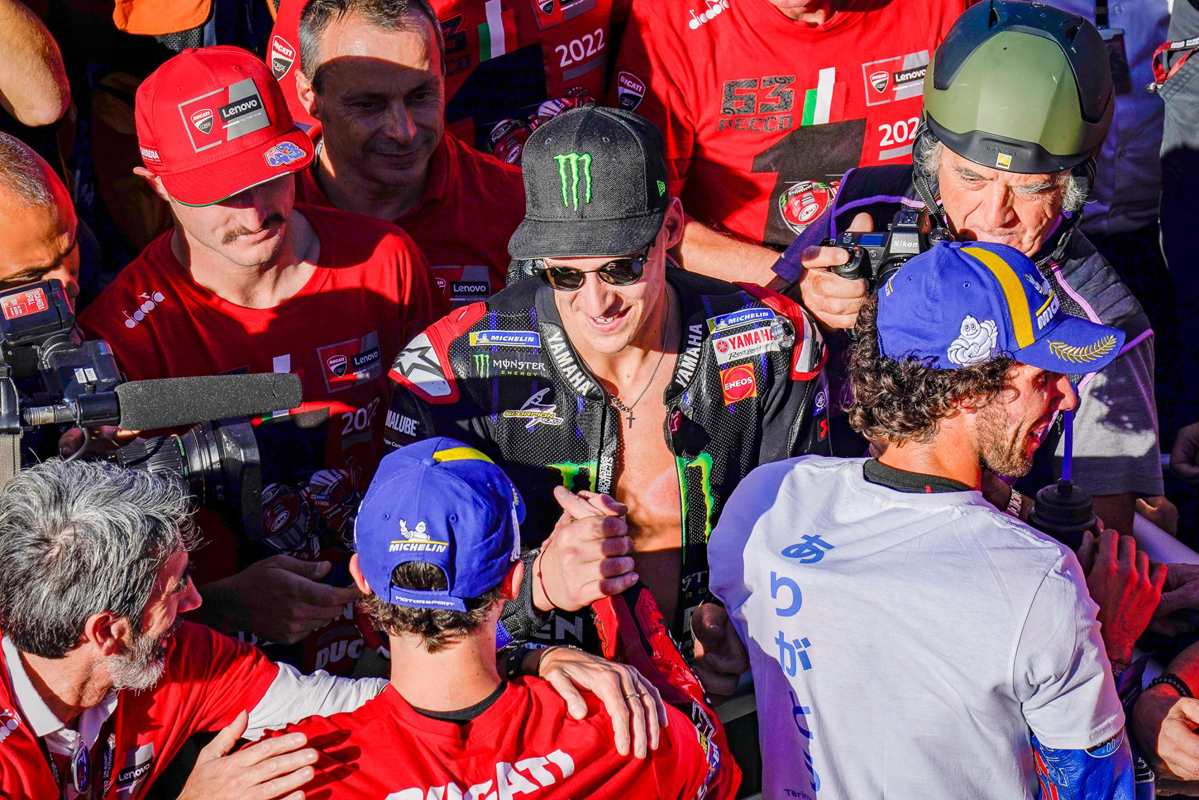
What can’t be ignored is Bagnaia’s strength of mind throughout the season. Not only has he had to battle extremely strong Ducati opposition that has never, for one second, let him relax, but also had a crisis of confidence after crashing five times. To rebuild momentum after that is a testament to Bagnaia’s ability to dig deep, analyse the mistakes and make sure they don’t happen again. In the second half of the season, he was imperious, winning four races on the trot after his fifth crash in a race in Germany. That was what set up his championship challenge: that, and the fact that Quartararo’s consistency left him just as Bagnaia was racking up the points.
Pity poor Aprilia: for both bikes to retire from the final race within laps of each other due to technical malfunctions was cruel luck for the most-loved team in the paddock. Aleix Espargaro’s six early-season podiums, including that famous first victory, not to mention Viñales’ three podiums, was the best season for Aprilia ever in MotoGP but the consistency to keep up the title challenge just wasn’t there, with silly mistakes and mechanical fragility scuppering their season. We can only hope that they come back next year just as strong.
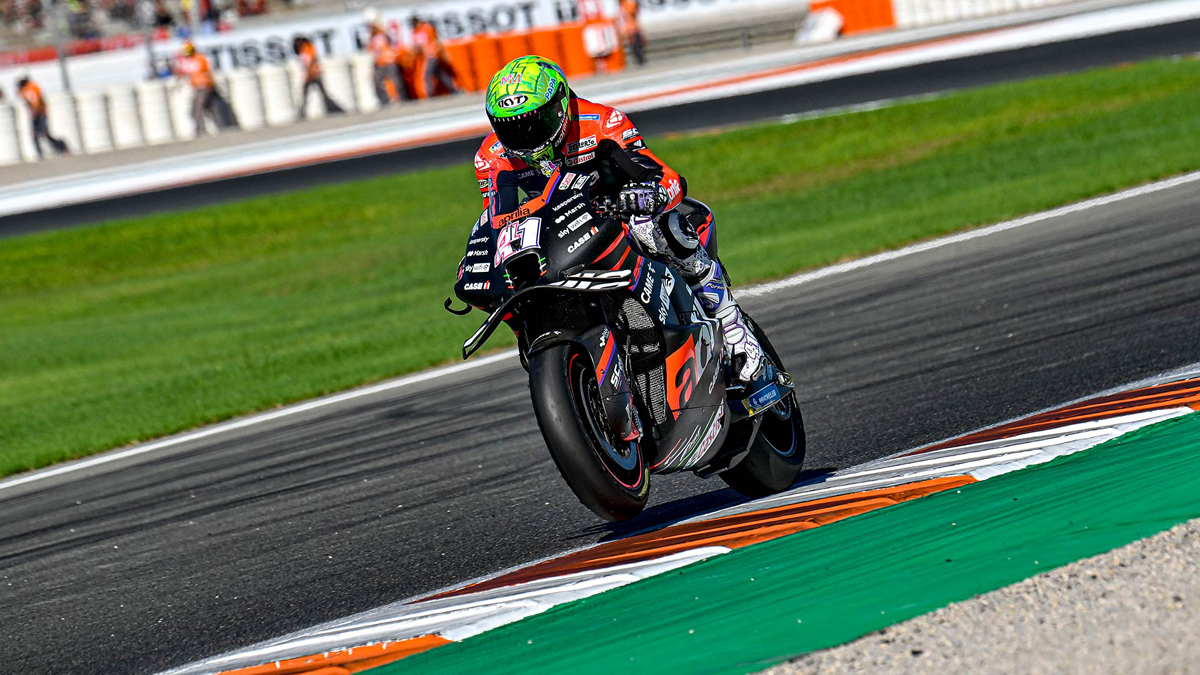
Ahh, next year! Now begins the summer of our discontent with the only minor bright spots being test days here and there. No doubt the teams all need a bit of a break, especially in light of next season, with more races than ever – 21 – looming large. We’ve said it before in this column, but the only thing certain about MotoGP at the moment is the uncertainty. In seasons past, we have been able to predict by and large who will be the dominant force. Since 2020, however, playing such a game has been solely for the clinically insane and next year will be no different.
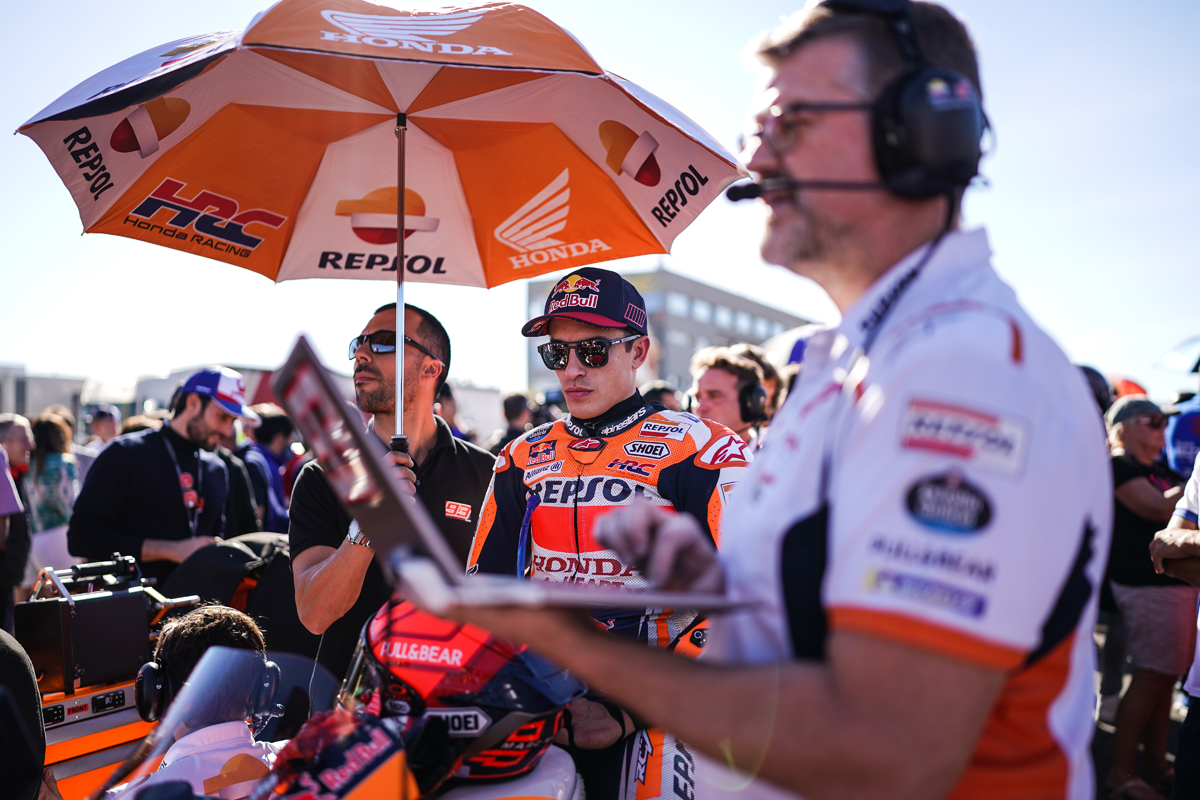
Marc Marquez will no doubt be fully fit but will he have had enough input into the 2023 Honda to turn it into a winner? Will the Ducatis be able to maintain their dominance? Will Yamaha be able to up their game? Will 2023 be KTM’s turn to shine (not an outlandish scenario, given Binder’s performance on a new chassis in Valencia)? Will Bagnaia and Bastianini take points off each other every race, allowing another rider to sneak up from behind and steal the crown? Can Aprilia continue the upward movement?
The questions are many and the answers, naturally, few. For those, all we can do is wait: not for the first race of the season but the last because, only then, will we know who got it consistently right and who didn’t.
